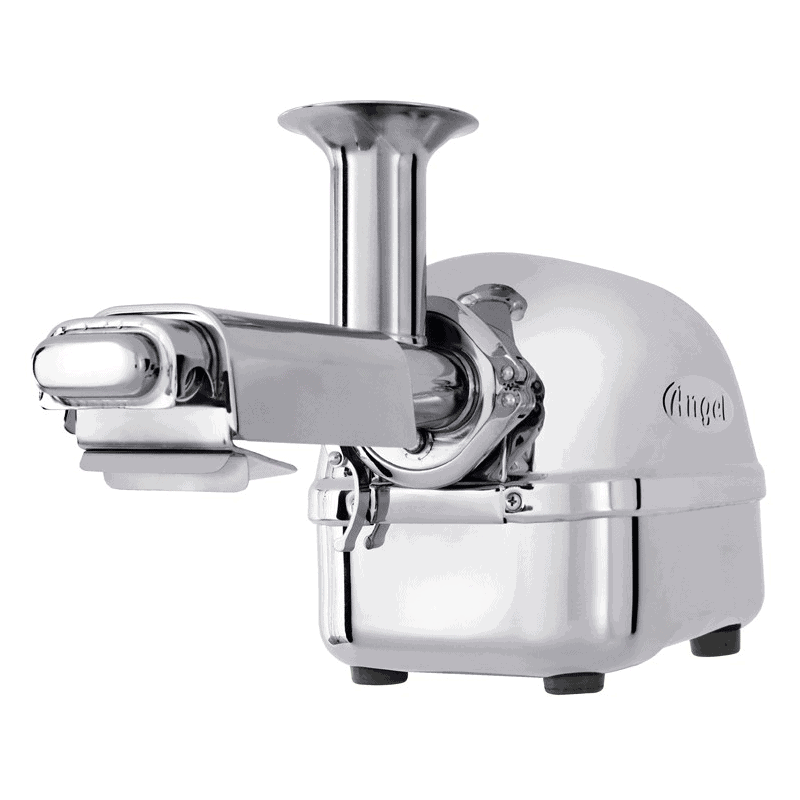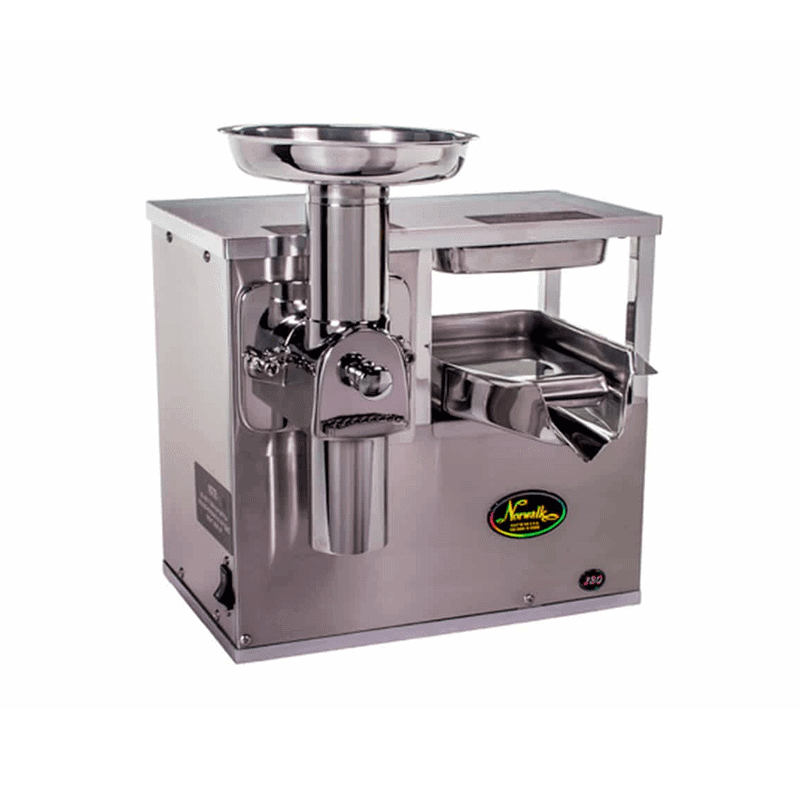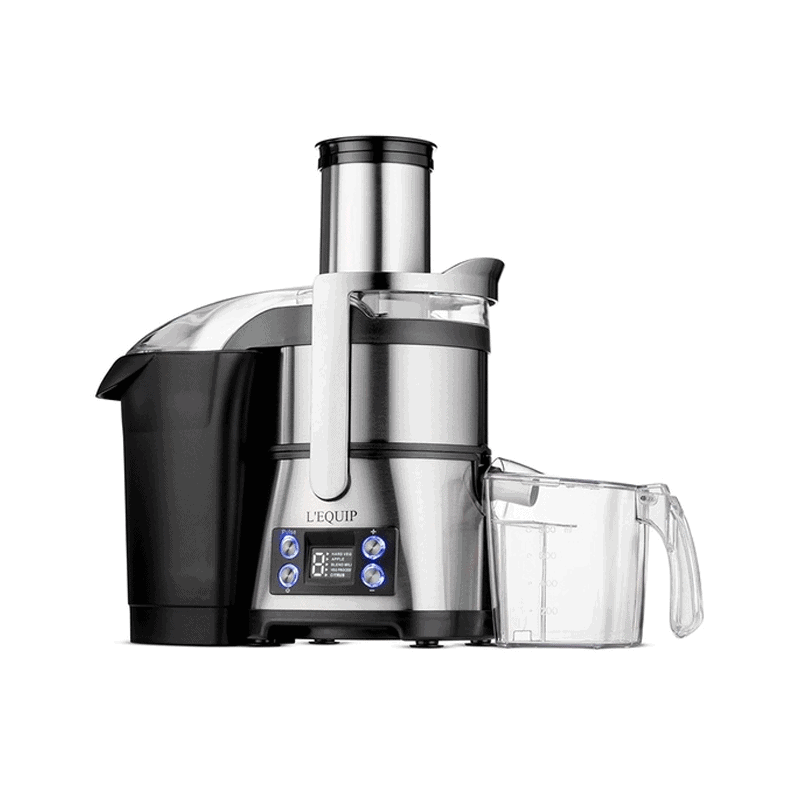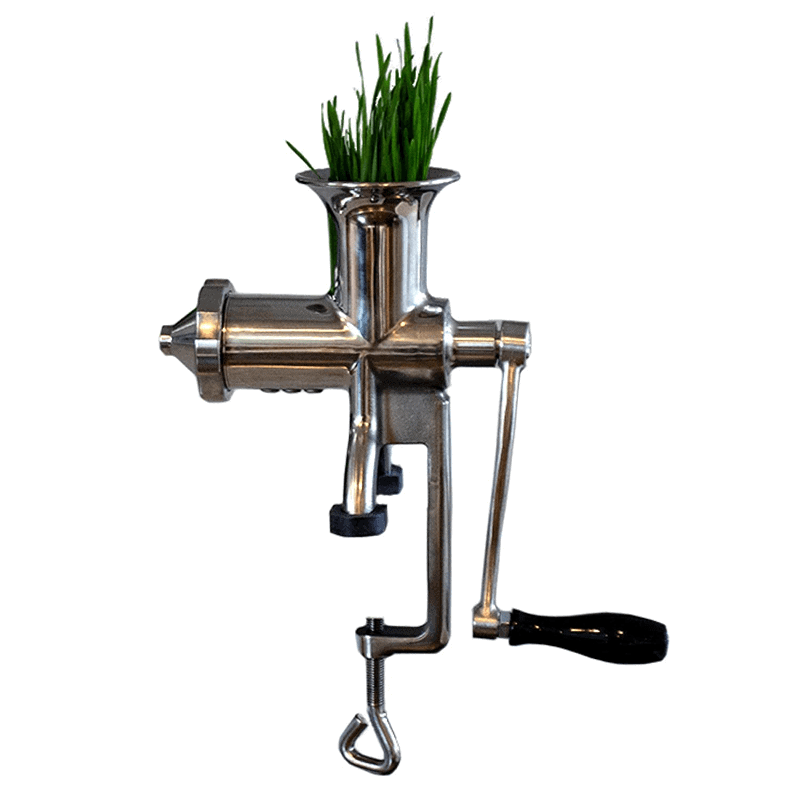The best juicers are the ones that satisfy the juicing requirements among different types of juicers in India. From 150BC to 70AD people have been juicing. The first juicer machine was made by Dr. Norman Walker in 1936. He wrote the book “Raw Vegetables Juices” which best describes the benefits of juicing.
The need for a juicer depends on the usage, whether you’re a hard-core user using it thrice in a day or using it rarely. Selecting a juicer that best fits the space, fulfilling the needs, and getting the best from the estimated budget.
Consumption of fruits and vegetables in our everyday diet is of utmost importance as they contain a high amount of vitamins and minerals. It also helps to boost our immunity. The best and easiest way of consuming it is in the form of juices. Large varieties of packed juices are available in the market. But, it contains more sugar and water as compared to original fruit juices which are quite tasty but not healthy. In order to save these costs, one should invest in buying a good quality juicer.
Juicers may vary in how they extract juice, how quickly they work, how good the quality of juice is, and even the noise of the juicer. Depending on the price range, working pattern, quality, and durability, the most appropriate juicer should be chosen.
Once you have decided that you want to juice, now you’re only left wondering about what the best type of juicer is. There are different types of juicers in India available in the market with varied features.
Related Posts:
- Best juicer in India under 5000
- Best juicer in India under 3000
- Best mixer grinder in India under 4000
- Best Juicer in India under 1000
- Best Juicer in India Under 2000
- Juicer vs Blender – Which one is the best?
7 Types of Juicers in India
Read about the different types of juicers and their features listed below:
1. Centrifugal Juicer
Centrifugal Juicer is one of the most popular juicers used by many people these days. It is also called a Fast juicer and is much cheaper as compared to other juicers. A sharp, flat blade is used for chopping up the vegetables and fruits operating at a speed of 3000-16000 RPM. And then spinning the chopped fruits at a very high speed is carried out to extract the pulp from the remaining ones.
The juice is then passed out through small holes, in the straining basket leaving the pulp behind which is to be removed. After that, the juice is removed to another container in the juicer. They are easy to use and clean, and you will get the juice quickly when using the centrifugal juicer.
These juicers produce a lot of noise. Also, a lot of foam is produced in the juice. There are chances of missing out on many nutrients as the blades don’t work well. They couldn’t handle leafy green vegetables or herbs.
Related Post: Centrifugal Juicer Vs Cold Press Juicer – Which is better?
2. Cold Press Juicer (Masticating juicer)
Masticating juicers also referred to as “slow juicers”, “single gear” and “cold press” juicers. Fruits and vegetables that you want to juice are broken down into fine pulp, which allows releasing all the enzymes and nutrients contained in them. This will make a healthier drink. They are operating at 80-120 RPM, which is much slower as compared to centrifugal juicers. The juice has a thick pulpy, foamy product and is bitter in taste.
Vertical and horizontal options are available in these juicers when it comes to the appearance of the juicer. Vertical juicers don’t occupy much space and have a larger auger and a feeding chute. Whereas, horizontal juicers require more work and have a smaller feeding chute. It can be used for leafy herbs, green vegetables, and wheatgrass. It has a dryer pulp and produces more juice as compared to other juicers. They produce less noise and juice can be stored for 24 hours in the refrigerator. Masticating juicers are more heavy and expensive in comparison to other juicers. They are hard to clean and take more time in extracting the juice.
3. Triturating Juicer
Referred to as a twin gear juicer, it works by grinding the vegetables and fruits into fine particles, extracting all enzymes and nutrients. Two gears are rotating towards each other, with a very small gap between them. The juice produced will be dark, rich, and full of nutrients. The juice doesn’t oxidize because of its very low operating speed 80-160 RPM. Nutrients and enzymes are very well preserved.
Triturating juicers are more expensive than Centrifugal and Masticating Juicers. They are hard to clean and occupy more space. Different attachments are available, so as to use them depending on the requirement. One can even make Pasta or grind grains. Juice can be stored in the refrigerator for around 36 hours without any problem. This juicer takes a longer time in undergoing the juicing process and is a bit difficult compared to others.
4. Manual Juicer
These are inexpensive, easier to clean, and do not produce any noise. They are called Non-electric Juicers. Manual Juicers are small in size and are travel-friendly. There are no moving parts in it, which reduces the risk of injury. The most common type of manual juicers is Citrus Juicers which perform the functions very well.
Juicing of lemon, grapes, oranges are done by cutting it into two pieces and placing them on the juicer. Some of them have a handle to press the fruit and squeeze out the juice. Electric Citrus juicers are also available in the market, but one can find manual ones more easily. These juicers are more time-consuming than other juicers.
5. Hydraulic Press Juicer
These are not conventional juicers, and the juice can be produced by applying pressure. It is grinded, shed, and cut into smaller pieces. After that, extreme pressure is created in order to extract the juice. The hydraulic press has a pressure of about 6000 PSI which allows the extraction of a huge amount of nutrients and vitamins.
The juice produced is flavored than other juices, and full of nutrients. Most of them are unwilling to buy because it is quite expensive, takes more processing time, and also takes more time in cleaning. For a long time, the juice produced will be fresh and safe to drink.
6. Pulp Ejection Juicer
Pulp ejector juicer is available in varied sizes, ranging from smaller versions to large models. The main feature of a pulp ejection system is that it allows continuous juicing and also reduces the possibility of clogging. After grinding the product into tiny particles, it will pass the juice through the strainer which is spinning at a high rate. The dry pulp is separated from the juice on its own. Thus, the juice is produced continuously.
After the Pulp Collector gets filled up, the additional pulp wouldn’t go anywhere. Having a pulp ejector feature will help you to stop emptying the strainer basket after every few glasses of juice. Once the strainer basket is full, it will automatically eject the pulp. In a new juicer, one would surely look for juicing in large volumes.
7. Wheatgrass Juicer
To find a juicer, which can handle wheatgrass is quite a difficult task. One must look for a juicer that can produce wheatgrass juice early morning. Most of the fruits and vegetables will get cached up and not get chopped up as they are not bulky. Juicers will get damaged, instead of extracting juice from Wheatgrass.
One needs to buy a juicer that can press the wheatgrass, as grinding will only cause damage. Wheatgrass juicer produces nutritional juice which is rich in vitamins, minerals. It is of very good quality and is easily digested. The mounting clamp is much wider for tables and countertops are 1.6 inches deep. One can get the juice very easily leaving behind the grass at the end.
Conclusion:
Now that we have discussed the types of juicers, you will be easily able to figure out your requirements and get the best juicer from those available in the market! Get set to start a healthy diet that includes fresh juices and helps you be fit and fine!



